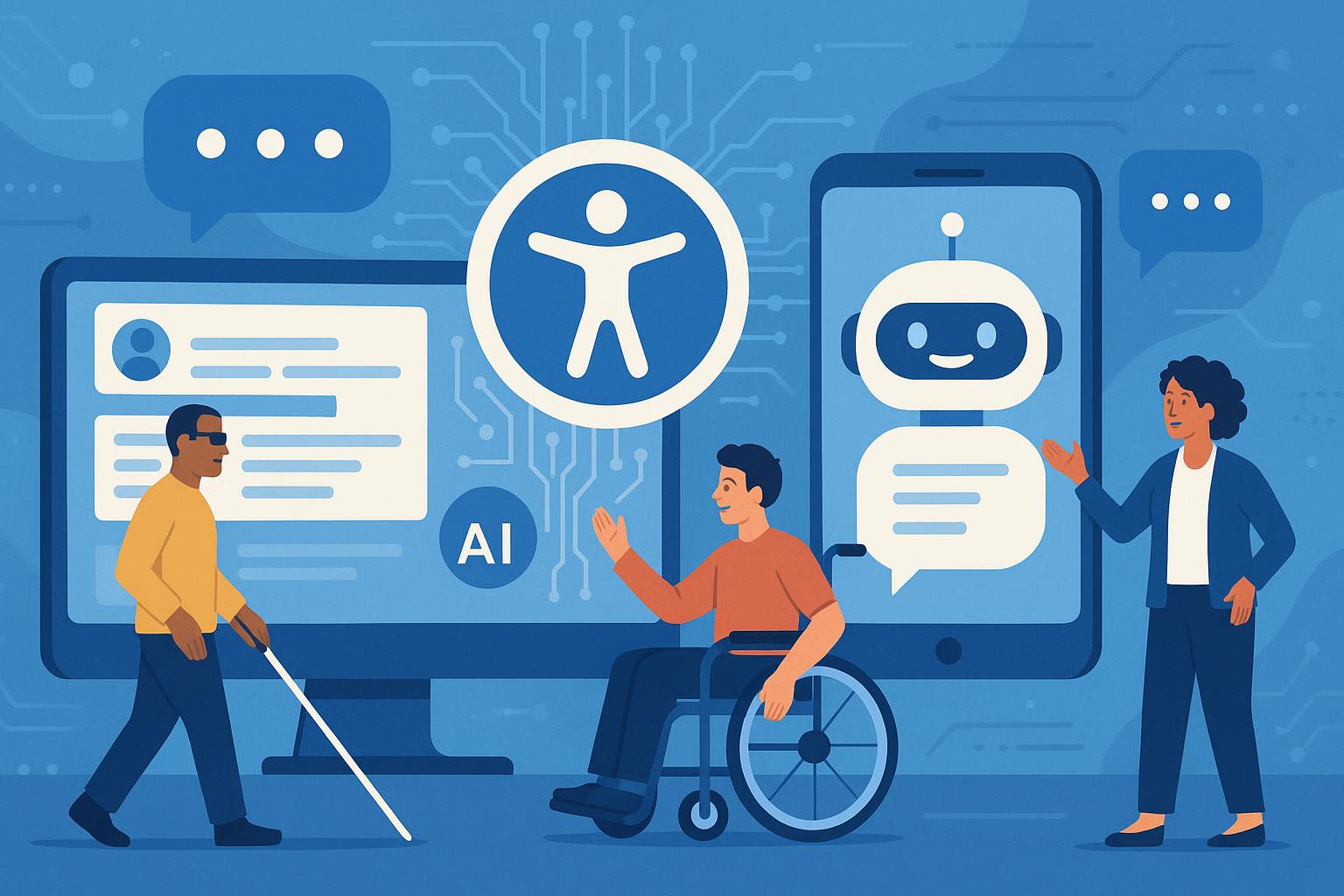Voice of the Machine: How AI Chatbots Enhance User Experience
As web development and user interface design rapidly evolve, AI-driven chatbots are becoming crucial in redefining user interactions with digital platforms. This article explores the significant impact of chat-based user interfaces—particularly AI chatbots—in enhancing user experience through seamless, conversational interactions. By analyzing real-world examples from various industries, we'll see how these intelligent systems not only boost user engagement and satisfaction but also revolutionize traditional UI/UX design paradigms.
The Shift Towards Conversational UIs
Chatbots signify a major shift from traditional static web elements to dynamic, conversational interfaces. While classic web interfaces depend on fixed elements like forms, menus, and buttons, AI chatbots transform these into interactive, dialogue-driven experiences. Through natural language processing, these bots can perform tasks, relay information, and even handle complex workflows, dramatically enhancing the user experience.
Case Studies: Chatbots Across Industries
Healthcare: Enhancing Patient Interaction
In healthcare, AI chatbots are transforming patient care by providing instant responses to inquiries, scheduling appointments, and offering preliminary diagnoses based on patient symptoms. For example, a leading hospital uses a chatbot that lets patients report symptoms; the bot evaluates their condition and advises on next steps, whether treatment or specialist consultation. This not only boosts patient engagement but also streamlines healthcare professionals' workloads.
Finance: Streamlining Operations
Financial institutions use AI chatbots for real-time customer support. A prominent example is a banking chatbot that integrates with platforms like QuickBooks to handle invoices, receipts, and even create financial reports via conversational prompts. This enables users to carry out sophisticated financial tasks without complex menu navigation, greatly improving user satisfaction and operational efficiency.
E-commerce: Personalized Shopping Experiences
E-commerce platforms utilize AI chatbots to offer more tailored shopping experiences. These bots analyze user inputs to suggest products, manage shopping carts, and process orders through natural language interactions. An AI-powered chatbot at an online clothing retailer, for instance, helps customers select and buy outfits based on stated style preferences and past purchases, simplifying the shopping process.
Technical Design Challenges and Solutions
While AI chatbots offer many benefits, they also present technical challenges, especially in natural language processing (NLP), data security, and system integration. Creating a chatbot that accurately understands and processes user intentions demands sophisticated NLP capabilities and thorough training with diverse data sets. Additionally, safeguarding user data is crucial, especially in sensitive sectors like healthcare and finance.
To overcome these challenges, developers should focus on strong backend architectures that support real-time data processing and secure integration with existing systems. Implementing end-to-end encryption for data transmission and complying with strict data protection standards are effective strategies to address security concerns.
UX Implications and Accessibility Gains
AI chatbots also enhance UX and accessibility. They enable voice-driven commands and responses, making technology more accessible to users with disabilities and reducing reliance on visual and physical interactions. Moreover, the ability to process natural language significantly improves application usability for those who may struggle with traditional interfaces.
Conclusion: The Future of User Interfaces
The adoption of AI chatbots in digital platforms marks a fundamental shift towards more interactive, personalized, and accessible web experiences. As these tools evolve, they will increasingly shape the future of UI/UX design, making digital interactions more human-like. For businesses and developers, embracing this shift not only offers a competitive advantage but also enhances user satisfaction and engagement across various digital touchpoints.
In upcoming articles, we will delve deeper into AI-driven conversational interfaces, examining backend technologies, advanced NLP techniques, and specific industry applications. Stay tuned as we continue to explore this exciting evolution in user interface design.












